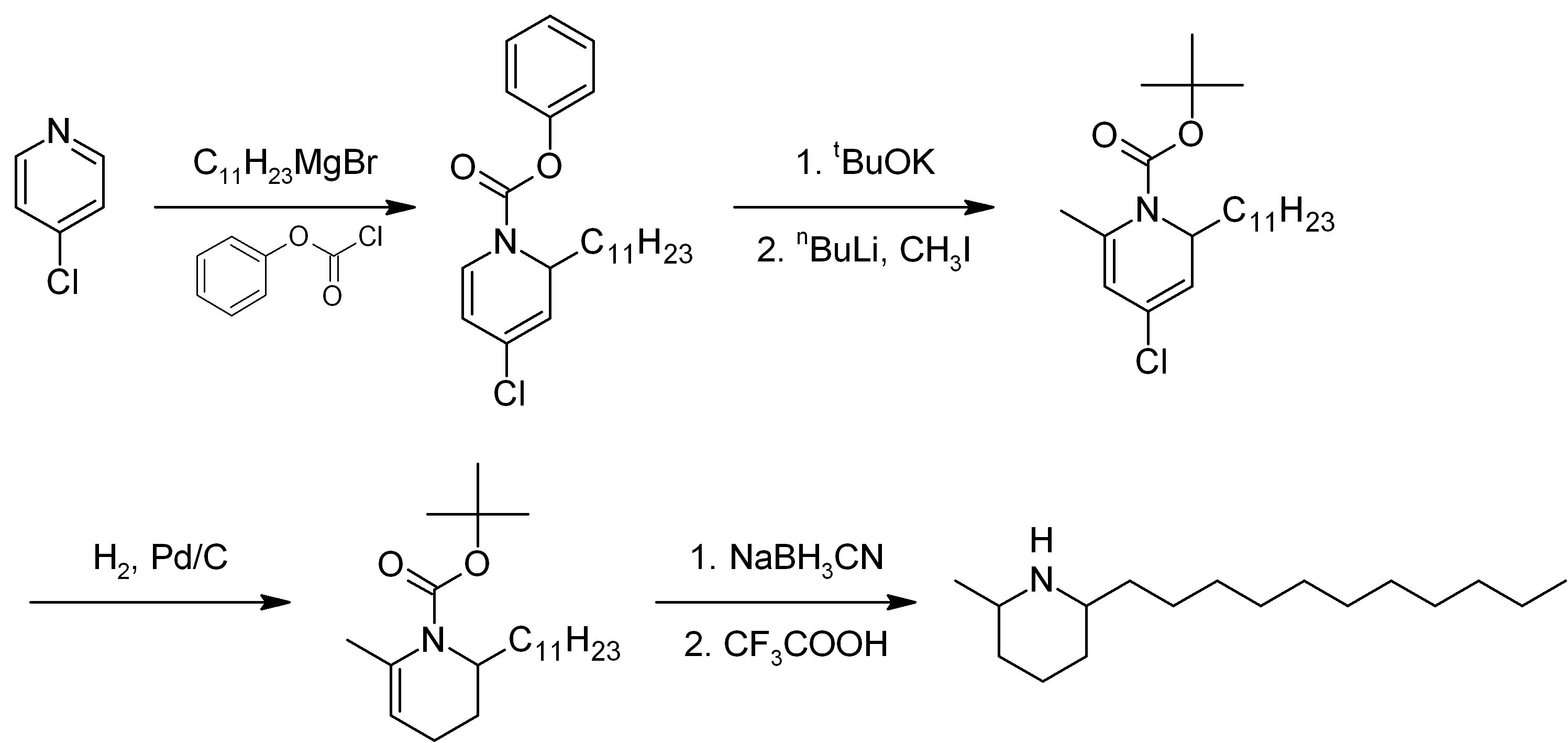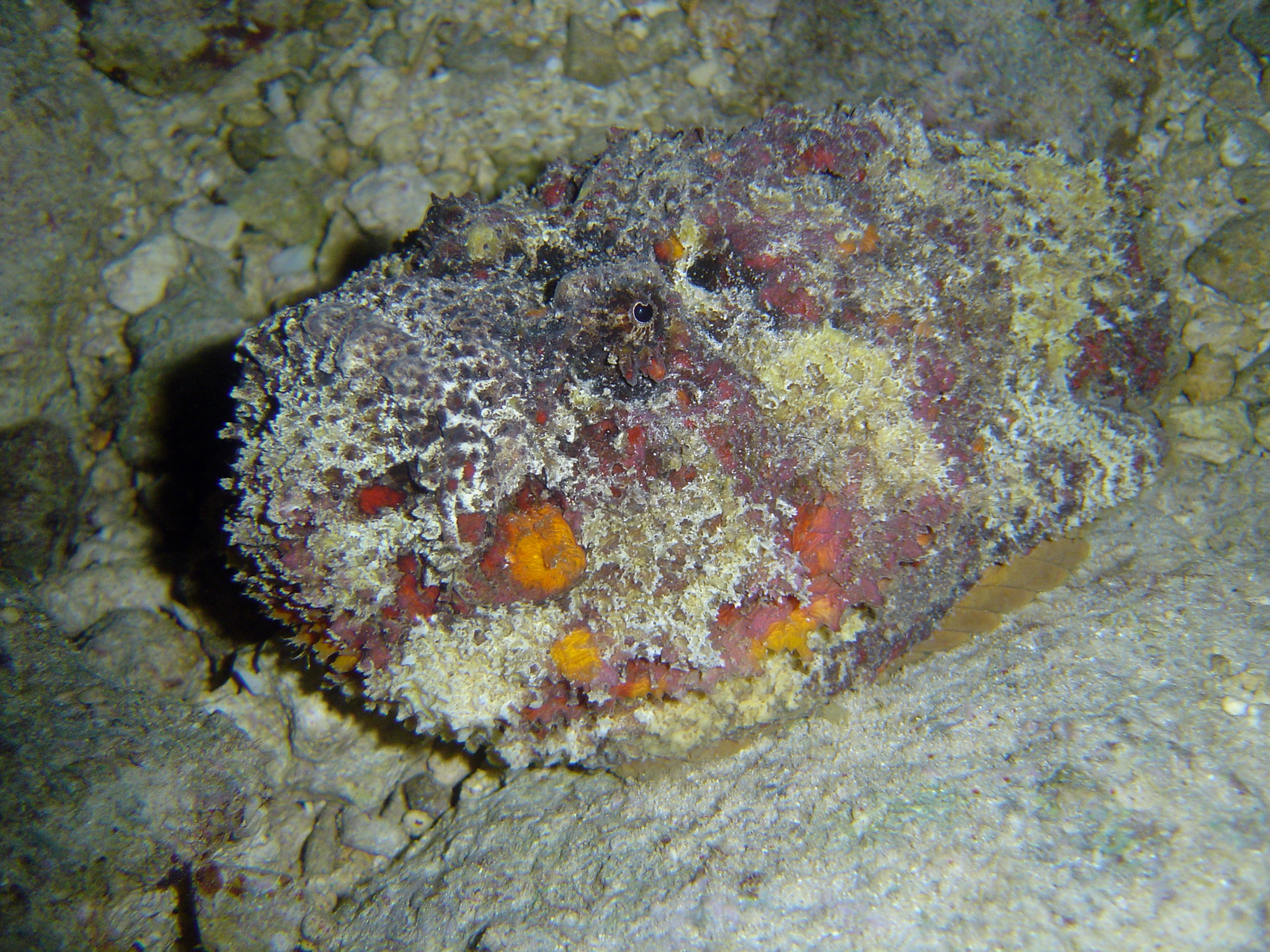|
Ichthyotoxin
Ichthyotoxins are compounds which are either toxic to fish, or are toxins produced by fish. The former include the algae-produced euglenophycin and prymnesins, which can cause large-scale fish deaths. The latter includes ostracitoxin, produced by boxfish. Many toxin-producing algal species can be found both in marine and fresh water environments when the algae are in bloom. Ichthyotoxic poisoning in humans can cause symptoms ranging in severity dependent on how much toxin was consumed. The symptoms of an ichthyotoxin poisoning from fish venoms can include headache, vomiting, diarrhea, dizziness, and drop in blood pressure. Examples The eggs of gar and the roe and eggs of several other fish species contain toxins. Toxin-producing algae include ''Prymnesium parvum''. Anti-cancer research Euglonophycin It was discovered that Euglenophycin, euglonophycin, a euglenoid ichthyotoxin derived from ''Euglena sanguinea'', displays anticancer activity. By sharing a similar chemical st ... [...More Info...] [...Related Items...] OR: [Wikipedia] [Google] [Baidu] |
Euglenophycin
Euglenophycin is an ichthyotoxic compound isolated from ''Euglena sanguinea'', a species of the genus ''Euglena''. It exhibits anticancer and herbicidal activity ''in vitro''. History Many fresh-water algae that produce toxins are known, among which the euglenoids (Euglenophyceae). It has been found that this alga lives in fresh-water environments all over the world. Many euglenoids are heterotrophic, as they feed through either phagocytosis or simple diffusion. However, a monophyletic group of the alga is mixotrophic, namely the ''Rapaza viridis'', meaning that it switches between photosynthesis, absorbing nutrients and engulfing other eukaryotes. Furthermore, Eutreptiales and Euglenales are autotrophic as they contain chlorophyll to perform photosynthesis. Euglenoids can contain chlorophyll and an accessory pigment, and/or astaxanthin (a carotenoid), due to which they can either be coloured either green or red. Although this alga has been found relatively early in history, it t ... [...More Info...] [...Related Items...] OR: [Wikipedia] [Google] [Baidu] |
Euglena Sanguinea
''Euglena sanguinea'' is a species of euglenid of the genus ''Euglena''. It is a single-celled alga that is found in freshwater habitats, and has a cosmopolitan distribution. As the specific epithet ''sanguinea'' suggests, it is often coloured red due to the presence of astaxanthin, and the cells can be populous enough to form blooms that colour the water red. Description ''Euglena sanguinea'' is a single-celled organism, with cells 61–150 μm long and 17–35 μm wide. The cells are spindle-shaped with a rounded anterior and a pointed posterior; the cell is surrounded by a pellicle which is spirally striated. Each cell has numerous (>15) chloroplasts in the shape of highly concave plates. Chloroplasts are in the shape of highly concave plates and are deeply dissected into long, ribbon-like bands which follow the contour of the cell and form spiral rows. The center of each chloroplast is embedded deeper inside the cell, and contains a single double-sheathed pyrenoid. Spindle- ... [...More Info...] [...Related Items...] OR: [Wikipedia] [Google] [Baidu] |
Prymnesins
Prymnesin may refer to: * Prymnesin-1 * Prymnesin-2 * Prymnesin-B1 * Prymnesin-B2 {{Short pages monitor ... [...More Info...] [...Related Items...] OR: [Wikipedia] [Google] [Baidu] |
Ostracitoxin
Pahutoxin, formerly called ostracitoxin, is a neurotoxin present in the mucous secretions of boxfish (Ostraciidae) skin, while under stress. It is an ichthyotoxic, hemolytic, nonpeptide (which is relatively unusual, although similar to tetrodotoxin in this way) toxin. It is heat-stable and non- dialyzable, that is, foamed in aqueous solutions, and is toxic to various biological systems. It is unique among known fish poisons. It is toxic to other boxfish as well and looks like red tide and sea cucumber Sea cucumbers are echinoderms from the class (biology), class Holothuroidea ( ). They are benthic marine animals found on the sea floor worldwide, and the number of known holothuroid species worldwide is about 1,786, with the greatest number be ... toxins in general properties. Although it is not recommended, it is a growing trend to keep boxfish in a home aquarium. Members of the family Ostraciidae secrete an ichthyotoxic mucus from their skin when stressed or disturbed. The b ... [...More Info...] [...Related Items...] OR: [Wikipedia] [Google] [Baidu] |
Boxfish
Ostraciidae or Ostraciontidae is a family of squared, Actinopterygii, bony fish belonging to the order Tetraodontiformes, closely related to the pufferfishes and filefishes. Fish in the family are known variously as boxfishes, cofferfishes, cowfishes and trunkfishes. It contains about 23 extant species in 6 extant genera. Taxonomy Ostraciidae was first proposed as a family in 1810 by the French polymath Constantine Samuel Rafinesque. In the past this grouping was regarded as a subfamily, the Ostraciinae, along with the subfamily Aracaninae, of a wider Ostraciidae. However, recent Phylogenetics, phylogenetic studies have concluded that the families Aracanidae and Ostraciidae are valid families but that they are part of the same clade, the suborder Ostracioidei. The 5th edition of ''Fishes of the World'' classifies this clade as the suborder Ostracioidea within the order Tetraodontiformes. Etymology Ostraciidae takes its name from its type genus, ''Ostracion'', a name which means " ... [...More Info...] [...Related Items...] OR: [Wikipedia] [Google] [Baidu] |
Prymnesium Parvum
''Prymnesium parvum'' is a species of haptophyte (also collectively called Prymnesiophyta). The species is of concern because of its ability to produce the phycotoxin prymnesin. It is a flagellated alga that is normally found suspended in the water column. It was first identified in North America in 1985, but it is not known if it was introduced artificially (e.g., an invasive species) or missed in previous surveys. Toxin production mainly kills fish and appears to have little effect on cattle or humans. This distinguishes it from a red tide, which is an algal bloom whose toxins lead to harmful effects in people. Although no harmful effects are known, it is recommended not to consume dead or dying fish exposed to a ''P. parvum'' bloom. ''Prymnesium parvum'' of Haptophyta is sometimes colloquially misnamed "golden alga" causing confusion with golden alga or Chrysophyceae of Heterokontophyta, leading to contradictions in terms, especially in non-scholarly texts (such as those f ... [...More Info...] [...Related Items...] OR: [Wikipedia] [Google] [Baidu] |
Solenopsin
Solenopsin is a lipophilic alkaloid with the molecular formula C17H35N found in the venom of fire ants (''Solenopsis''). It is considered the primary toxin in the venom and may be the component responsible for the cardiorespiratory failure in people who experience excessive fire ant stings. Structurally solenopsins are a piperidine ring with a methyl group substitution at position 2 and a long hydrophobic chain at position 6. They are typically oily at room temperature, water-insoluble, and present an absorbance peak at 232 nanometers. Fire ant venom contains other chemically related piperidines which make purification of solenopsin from ants difficult. Therefore, solenopsin and related compounds have been the target of organic synthesis from which pure compounds can be produced for individual study. Originally synthesized in 1993, several groups have designed novel and creative methods of synthesizing enantiopure solenopsin and other alkaloidal components of ant venom. To ... [...More Info...] [...Related Items...] OR: [Wikipedia] [Google] [Baidu] |
Piscicide
A piscicide is a chemical substance which is poisonous to fish. The primary use for piscicides is to eliminate a dominant species of fish in a body of water, as the first step in attempting to populate the body of water with a different fish. They are also used to combat parasite, parasitic and invasive species of fish. Examples of piscicides include rotenone, saponins, TFM (piscicide), TFM, niclosamide and Antimycin A (Fintrol).Susan J. Clearwater, Chris W. Hickey, Michael L. Martin Overview of potential piscicides and molluscicides for controlling aquatic pest species in New Zealand' Science & Technical Publishing 2008 Plant-based piscicides Historically, fishing techniques of indigenous people around the world have frequently included the use of plant-based piscicides. Many of these plants are natural sources of rotenone and saponins. The genus, genera ''Tephrosia'', ''Wikstroemia'', and ''Barringtonia'' are well known as fish poisons. See also *Cyanide fishing * Reference ... [...More Info...] [...Related Items...] OR: [Wikipedia] [Google] [Baidu] |
Fish Toxins
Fish toxins or fish stupefying plants have historically been used by many hunter gatherer cultures to stun fish, so they become easy to collect by hand. Some of these toxins paralyse fish, which can then be easily collected. The process of documenting many fish toxins and their use is ongoing, with interest in potential uses from medicine, agriculture, and industry. Theory Use of the herbal fish poisons has been documented in a number of sources involving catching fish from fresh and sea water. Tribal people historically used various plants for medicinal and food exploitation purposes. Use of fish poisons is a very old practice in the history of humankind. In 1212 AD, King Frederick II prohibited the use of certain plant piscicides, and by the 15th century, similar laws had been decreed in other European countries, as well. All over the globe, indigenous people use various fish poisons to kill fish, including America and among Tarahumara Indians. Herbal fish-stupefying agents ... [...More Info...] [...Related Items...] OR: [Wikipedia] [Google] [Baidu] |
Venomous Fish
Venomous fish are species of fish which produce strong mixtures of toxins harmful to humans (called venom) which they deliberately deliver by means of a bite, sting, or stab, resulting in an envenomation. As a contrast, poisonous fish also produce a strong toxin, but they do not bite, sting, or stab to deliver the toxin, instead being poisonous to eat because the human digestive system does not destroy the toxin they contain in their bodies. Venomous fish do not necessarily cause poisoning if they are eaten, as the digestive system often destroys the venom.Poisonous vs. Venomous fish: What’s the difference? Reef Biosearch. Retrieved 17 July 2009. There are at least 1200 species of venomous fish, Smith WL and Wheeler WC (2006 [...More Info...] [...Related Items...] OR: [Wikipedia] [Google] [Baidu] |





